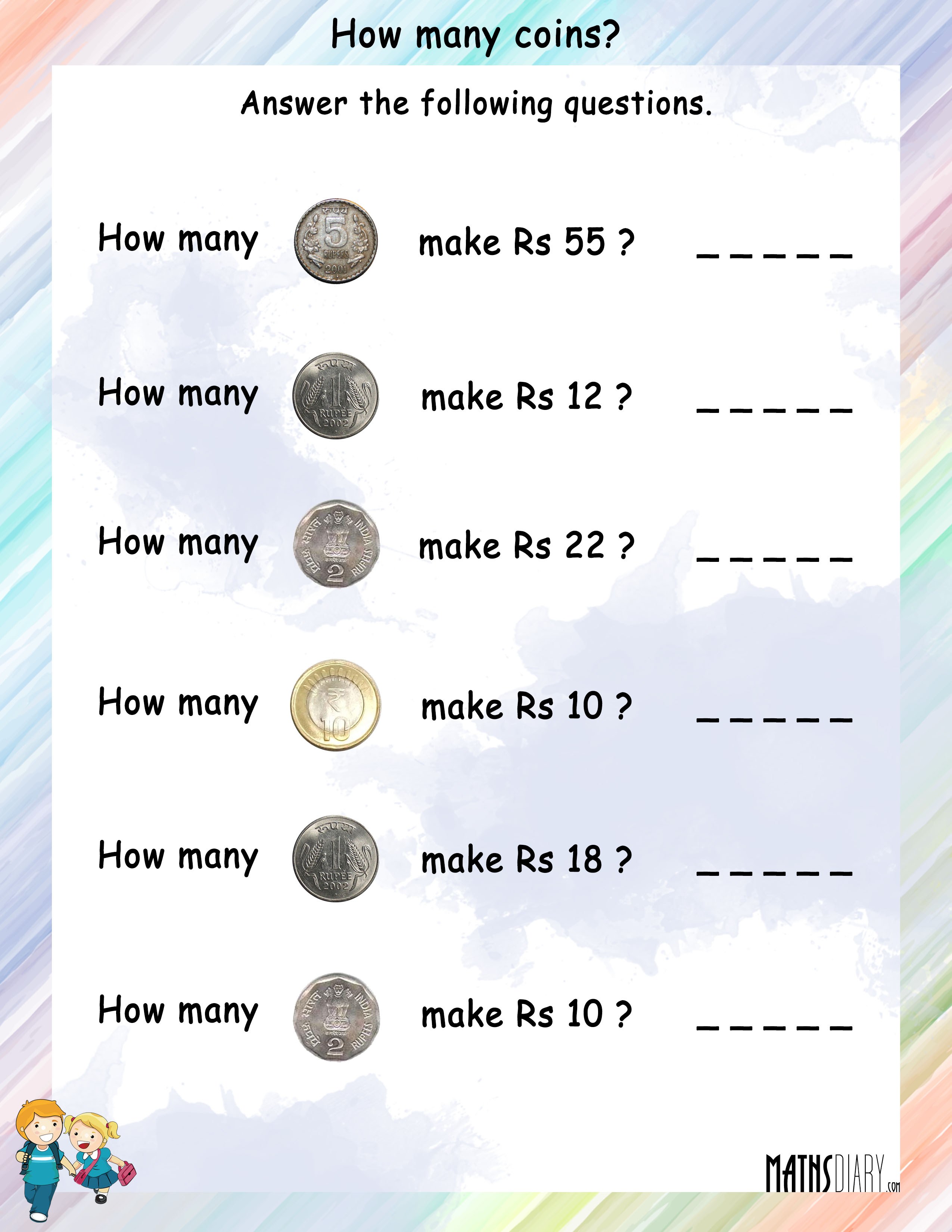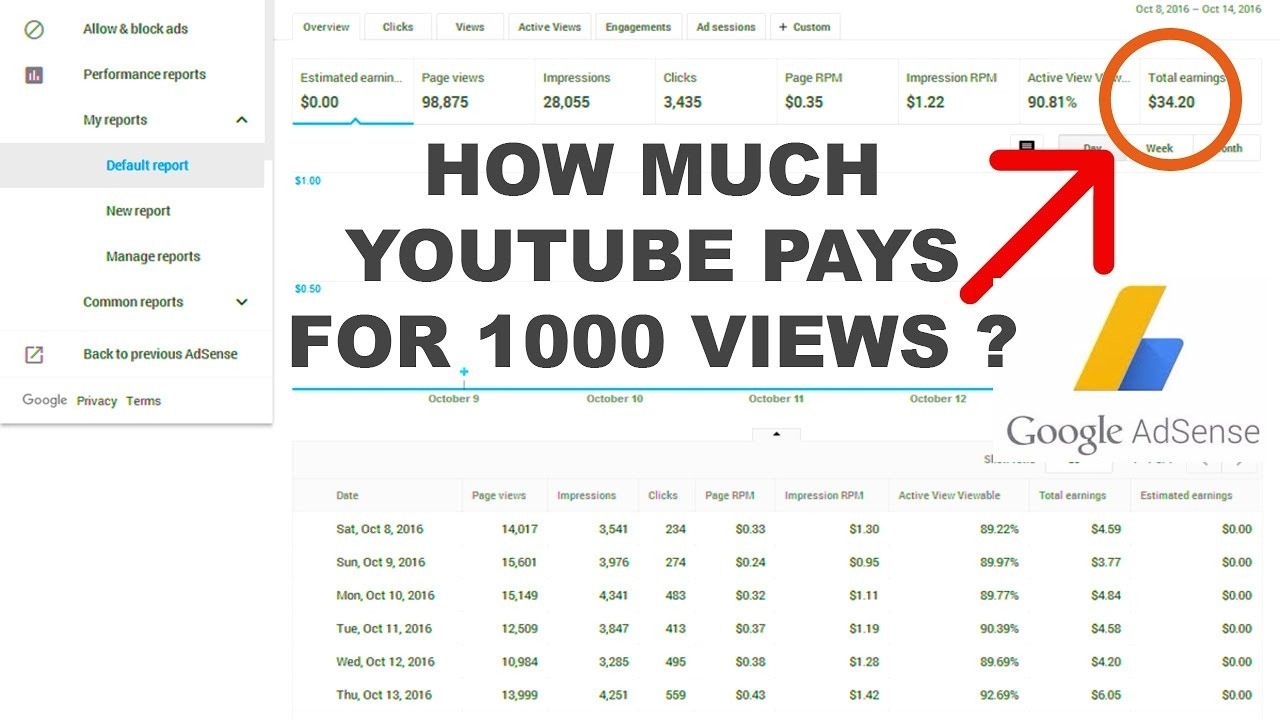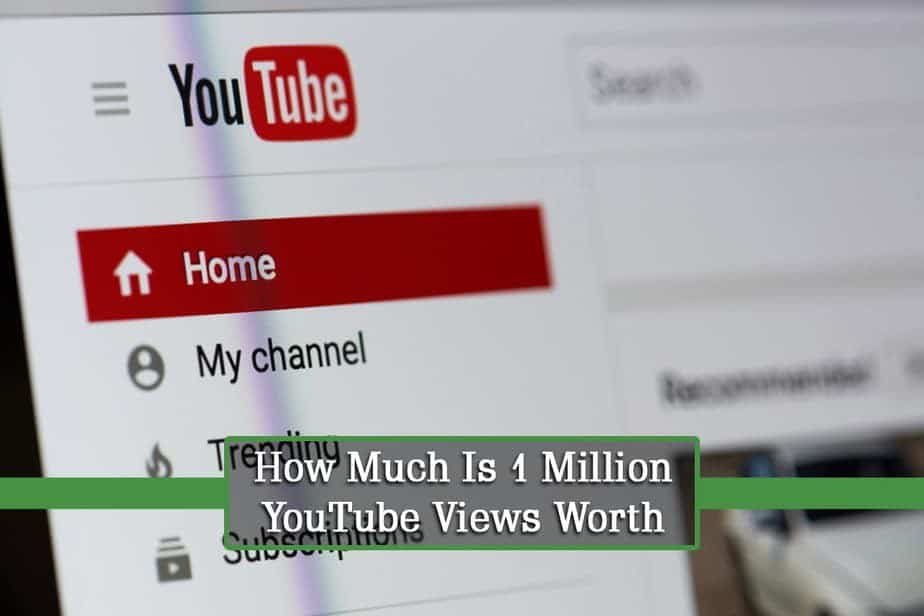Unlocking the Secrets of YouTube Monetization: Understanding the Payment Structure
YouTube has become a lucrative platform for content creators to earn money from their views. With millions of hours of content being uploaded every day, the potential for earning a substantial income is vast. However, understanding how much money per view YouTube pays is crucial to maximizing earnings. In this article, we will delve into the world of YouTube monetization and explore the factors that influence earnings.
YouTube’s payment structure is based on the AdSense program, which calculates earnings based on the number of views, clicks, and engagement. The platform uses a complex algorithm to determine the cost-per-click (CPC) and cost-per-thousand impressions (CPM) for each ad. This means that the amount of money earned per view can vary greatly depending on the niche, audience, and ad placement.
For instance, a video with a high engagement rate and a large audience in a niche with high demand for ads can earn significantly more than a video with low engagement and a small audience in a niche with low demand for ads. Additionally, YouTube takes a 45% cut of the ad revenue, leaving the content creator with 55% of the earnings.
Despite the complexities of the payment structure, many content creators have found success on the platform. By understanding the factors that influence earnings and optimizing their content accordingly, creators can increase their chances of earning a substantial income from their views. In the next section, we will explore the YouTube Partner Program and its requirements for monetization.
Unlocking the Benefits of the YouTube Partner Program
The YouTube Partner Program (YPP) is a crucial step for content creators who want to monetize their views on the platform. To be eligible for the YPP, creators must meet certain requirements, including having at least 1,000 subscribers and 4,000 watch hours in the past 12 months. Additionally, creators must comply with YouTube’s community guidelines and terms of service.
Once a creator is accepted into the YPP, they can start earning money from their views through AdSense. The YPP provides creators with access to YouTube’s monetization tools, including video ads, sponsorships, and merchandise sales. Creators can also use YouTube’s analytics tools to track their earnings and optimize their content for better performance.
The benefits of joining the YPP are numerous. For one, creators can earn a significant amount of money from their views, with some top creators earning millions of dollars per year. Additionally, the YPP provides creators with access to exclusive features, such as YouTube Premium revenue and Super Chat revenue. Creators can also use the YPP to build their brand and increase their visibility on the platform.
However, the YPP is not without its challenges. Creators must comply with YouTube’s strict guidelines and policies, and any violations can result in penalties or even account suspension. Additionally, the YPP is highly competitive, and creators must continually produce high-quality content to stand out from the crowd.
Despite these challenges, the YPP remains a crucial step for content creators who want to monetize their views on YouTube. By understanding the requirements and benefits of the YPP, creators can take the first step towards turning their passion into a lucrative career.
Unraveling the Mysteries of AdSense: How Ad Revenue is Calculated on YouTube
AdSense is the backbone of YouTube’s monetization system, and understanding how ad revenue is calculated is crucial for creators who want to maximize their earnings. AdSense uses a complex algorithm to determine the cost-per-click (CPC) and cost-per-thousand impressions (CPM) for each ad. The CPC is the amount of money an advertiser pays each time a viewer clicks on their ad, while the CPM is the amount of money an advertiser pays for every 1,000 views of their ad.
The CPC and CPM rates vary greatly depending on the niche, audience, and ad placement. For example, ads in the finance and technology niches tend to have higher CPC and CPM rates than ads in the entertainment and lifestyle niches. Additionally, ads that are placed at the beginning of a video tend to have higher CPC and CPM rates than ads that are placed at the end of a video.
Viewer engagement also plays a significant role in determining ad revenue. Videos with high engagement rates, such as likes, comments, and shares, tend to have higher CPC and CPM rates than videos with low engagement rates. This is because engaged viewers are more likely to click on ads and interact with them, which increases the revenue for the creator.
So, how much money per view does YouTube pay? The answer varies greatly depending on the factors mentioned above. However, on average, YouTube pays between $0.10 and $0.30 per view for ads. This may not seem like a lot, but for creators with millions of views, it can add up to a significant amount of money.
By understanding how AdSense works and how ad revenue is calculated, creators can optimize their content and ad placement to maximize their earnings. In the next section, we will explore the factors that affect YouTube earnings and provide tips on how to optimize them.
Unlocking the Secrets of YouTube Earnings: Factors that Influence Your Income
When it comes to earning money on YouTube, there are several factors that can influence your income. Understanding these factors is crucial to maximizing your earnings and turning your YouTube views into a lucrative income stream. In this section, we will analyze the factors that affect YouTube earnings, including view count, engagement, niche, and audience demographics.
View count is one of the most obvious factors that affect YouTube earnings. The more views you have, the more money you can earn from ads. However, view count is not the only factor that determines earnings. Engagement, such as likes, comments, and shares, also plays a significant role in determining ad revenue. Videos with high engagement rates tend to have higher CPC and CPM rates, which means more money for the creator.
Niche is another important factor that affects YouTube earnings. Certain niches, such as finance and technology, tend to have higher CPC and CPM rates than others, such as entertainment and lifestyle. This is because advertisers are willing to pay more to reach audiences in these niches. Additionally, audience demographics, such as age, location, and interests, can also affect earnings. Advertisers may be willing to pay more to reach certain demographics, which can increase earnings for the creator.
So, how can you optimize these factors to increase your YouTube earnings? Here are a few tips:
Optimize your video titles, descriptions, and tags to increase view count and engagement. Use keywords that are relevant to your niche and audience demographics to attract more views and engagement.
Create high-quality, engaging content that resonates with your audience. This can include using eye-catching thumbnails, creating engaging titles and descriptions, and using social media to promote your videos.
Use YouTube Analytics to track your earnings and optimize your content accordingly. This can include tracking your view count, engagement, and earnings to see what’s working and what’s not.
By understanding the factors that affect YouTube earnings and optimizing your content accordingly, you can increase your earnings and turn your YouTube views into a lucrative income stream.
Uncovering the Truth About YouTube’s Payment Structure: How Much Money Can You Expect per View?
One of the most frequently asked questions about YouTube monetization is “how much money per view does YouTube pay?” The answer to this question is not straightforward, as it depends on various factors such as niche, audience, ad placement, and viewer engagement. However, based on various sources and studies, we can provide some estimates of the average earnings per view on YouTube.
According to a study by Influencer Marketing Hub, the average earnings per 1,000 views on YouTube is around $2.50. However, this number can vary greatly depending on the niche and audience. For example, videos in the finance and technology niches tend to have higher earnings per view, while videos in the entertainment and lifestyle niches tend to have lower earnings per view.
Another study by TubeFilter found that the average earnings per view on YouTube is around $0.10 to $0.30. However, this number can also vary depending on the ad placement and viewer engagement. For example, videos with ads placed at the beginning of the video tend to have higher earnings per view than videos with ads placed at the end of the video.
It’s also worth noting that YouTube takes a 45% cut of the ad revenue, leaving the creator with 55% of the earnings. This means that if a video earns $100 in ad revenue, the creator will only receive $55.
While these estimates may not provide a clear answer to the question of how much money per view YouTube pays, they do give us an idea of the potential earnings on the platform. By understanding the factors that affect earnings and optimizing your content accordingly, you can increase your chances of earning a significant income from your YouTube views.
Maximizing Your YouTube Earnings: Strategies for Success
To maximize your YouTube earnings, it’s essential to optimize your video titles, descriptions, and tags. This will help your videos rank higher in search results and attract more views. Additionally, leveraging social media and collaborations can also increase your earnings.
Here are some actionable tips to help you maximize your YouTube earnings:
Optimize your video titles and descriptions with relevant keywords. This will help your videos rank higher in search results and attract more views.
Use eye-catching thumbnails to grab the attention of potential viewers. This will increase the click-through rate of your videos and attract more views.
Leverage social media to promote your videos. Share your videos on Facebook, Twitter, Instagram, and other social media platforms to increase your reach and attract more views.
Collaborate with other YouTubers in your niche. This will help you reach a wider audience and attract more views.
Use YouTube Analytics to track your earnings and optimize your content accordingly. This will help you identify what’s working and what’s not, and make adjustments to increase your earnings.
By implementing these strategies, you can increase your YouTube earnings and turn your views into a sustainable income stream. Remember, maximizing your YouTube earnings requires ongoing effort and optimization, but with the right strategies, you can achieve success.
Understanding YouTube’s Monetization Policies: What You Need to Know
YouTube’s monetization policies are in place to ensure that creators earn money from their views in a fair and transparent way. However, these policies can be complex and confusing, especially for new creators. In this section, we will discuss the rules and guidelines for earning money from views on YouTube.
One of the most important policies to understand is the YouTube Partner Program (YPP) terms of service. This policy outlines the requirements for monetizing videos on YouTube, including the minimum view count, engagement, and content guidelines. Creators must comply with these guidelines to avoid having their videos demonetized or their account suspended.
Another important policy to understand is the YouTube community guidelines. These guidelines outline the types of content that are allowed on YouTube, including guidelines for violence, nudity, and hate speech. Creators must comply with these guidelines to avoid having their videos removed or their account suspended.
Additionally, YouTube has policies in place to prevent creators from manipulating their view counts or engagement metrics. This includes policies against clickbait, fake engagement, and other forms of manipulation. Creators must comply with these policies to avoid having their videos demonetized or their account suspended.
By understanding YouTube’s monetization policies, creators can avoid common mistakes and ensure that they are earning money from their views in a fair and transparent way. Remember, YouTube’s policies are in place to protect both creators and viewers, and by complying with these policies, creators can build a successful and sustainable career on YouTube.
Conclusion: Turning Your YouTube Views into a Sustainable Income
In conclusion, understanding YouTube’s payment structure and monetization policies is crucial for turning your views into a sustainable income stream. By following the strategies outlined in this article, you can increase your YouTube earnings and build a successful career on the platform.
Remember, YouTube’s payment structure is complex and influenced by various factors, including view count, engagement, niche, and audience demographics. By understanding these factors and optimizing your content accordingly, you can increase your earnings and achieve your financial goals.
Additionally, it’s essential to comply with YouTube’s monetization policies, including the rules and guidelines for earning money from views. By avoiding common mistakes and following the best practices outlined in this article, you can ensure that your YouTube account remains in good standing and your earnings continue to grow.
So, how much money per view does YouTube pay? While the answer to this question is complex and influenced by various factors, the strategies outlined in this article can help you increase your earnings and achieve your financial goals. By understanding YouTube’s payment structure and monetization policies, you can turn your views into a sustainable income stream and build a successful career on the platform.
Don’t wait any longer to start earning money from your YouTube views. Implement the strategies outlined in this article and start building a sustainable income stream today.






